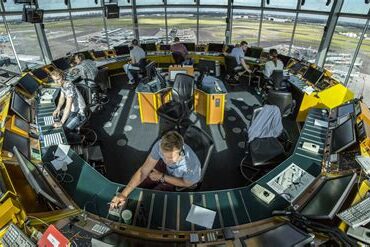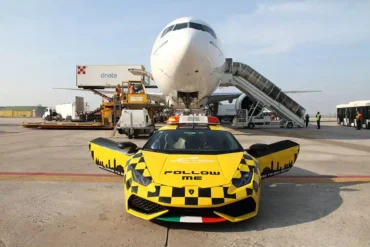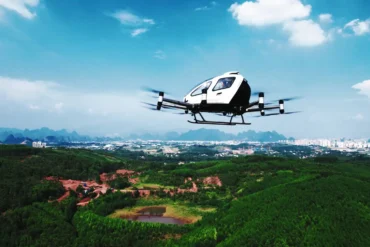In the vast expanse of the sky, where aircraft crisscross their flight paths, safety remains paramount. Among the arsenal of protective measures, one stands out — an independent collision avoidance system known as TCAS. But what exactly is TCAS, and how does it work?
Vertical Separation: The Crucial Buffer
Vertical separation — the critical gap in altitude between two aircraft as they intersect—is meticulously regulated by the International Civil Aviation Organization (ICAO). Founded in Montréal, Canada, back in April 1947, the ICAO serves as the United Nations’ authority for shaping the fundamental principles governing international air transport.
Under Instrument Flight Rules (IFR), aircraft must maintain a vertical separation of no less than 1,000 feet. This rule applies to flights cruising at 29,000 feet or below. For aircraft soaring above this altitude, the minimum vertical separation expands to 2,000 feet or more. However, certain high-capacity corridors enjoy an exemption — enter the Reduced Vertical Separation Minima (RVSM), where the 1,000-foot buffer remains intact.
Air traffic controllers shoulder the responsibility of ensuring aircraft maintain this vital vertical distance. Yet, when the specter of a mid-air collision looms, another layer of defense activates: the Traffic Collision Avoidance System (TCAS).
How does TCAS work?
TCAS, an acronym for Traffic Collision Avoidance System, emerges as the unsung hero in averting airborne calamities. The ICAO mandates that all aircraft carrying more than 19 passengers must be equipped with this safety net. The same rule extends to aircraft boasting a maximum takeoff weight (MTOW) exceeding 5,700 kg.
In the intricate dance of flight paths, TCAS orchestrates its moves, ensuring aircraft steer clear of each other. It’s the silent sentinel that whispers to pilots, nudging them away from potential collisions. So next time you’re aboard, remember that TCAS is your invisible guardian, tirelessly safeguarding the skies.
TCAS, or Traffic Collision Avoidance System, operates independently from air traffic control. Its mission: to minimize the risk of mid-air collisions between aircraft. How does it achieve this? By tapping into nearby aircraft’s transponder signals and constructing a three-dimensional map of the airspace they traverse. As it detects these signals, TCAS anticipates potential collisions based on relative speeds and altitudes.
When TCAS senses a looming danger, it swiftly alerts the affected aircraft. Picture this: two planes hurtling toward each other. TCAS steps in, urging their crews — both audibly and visibly — to take evasive action. Either climb or descend, it advises, ensuring their paths remain uncrossed.
Now, rewind to November 12th, 1996, near India’s capital, New Delhi. A Saudia Boeing 747 ascends while a Kazakhstan Airlines Ilyushin Il-76TD descends. The air traffic controllers grant safe separation — a mere 1,000 feet. But fate intervenes. The world’s deadliest mid-air collision unfolds, claiming lives. In response, Indian aviation authorities mandate TCAS for all aircraft in their airspace.


















